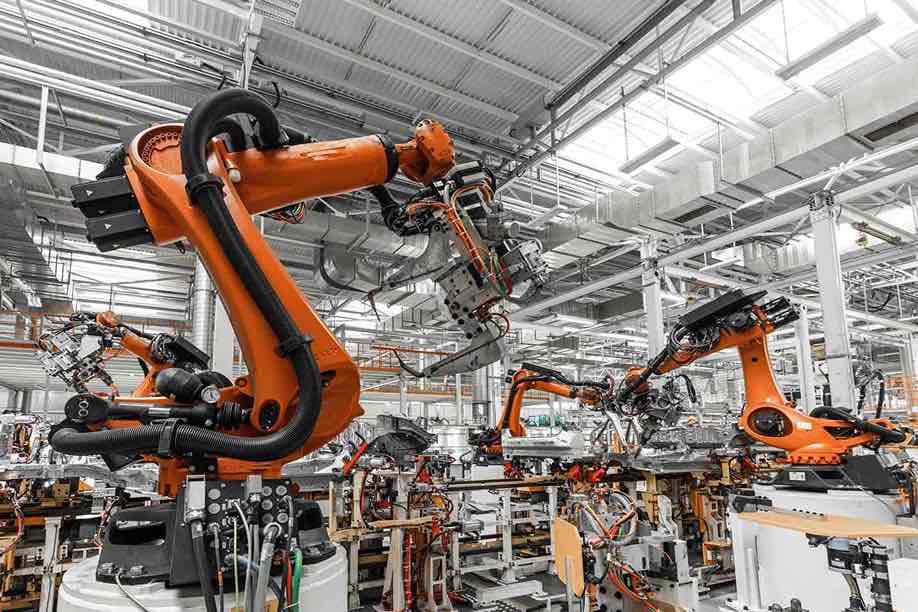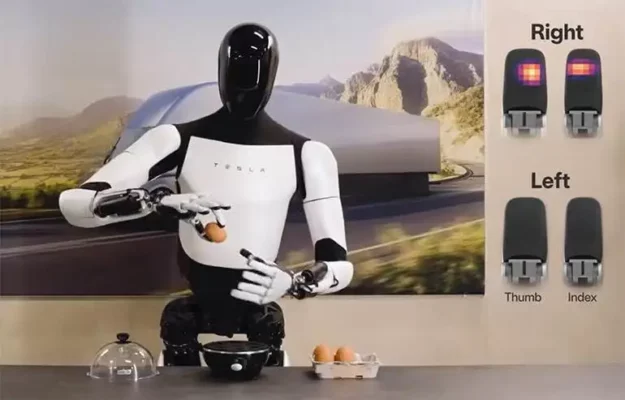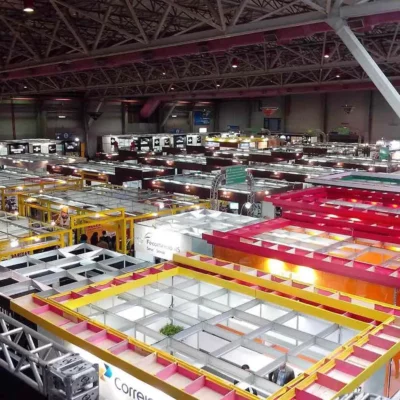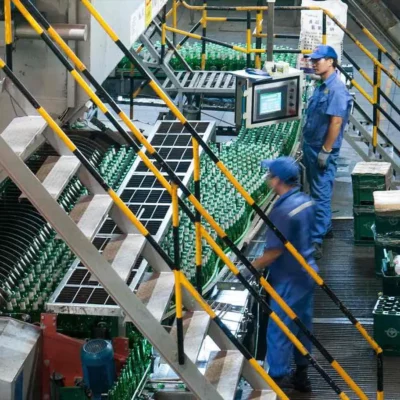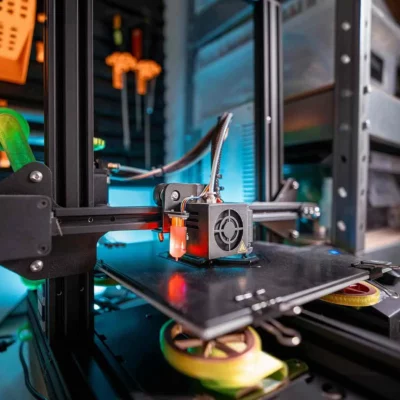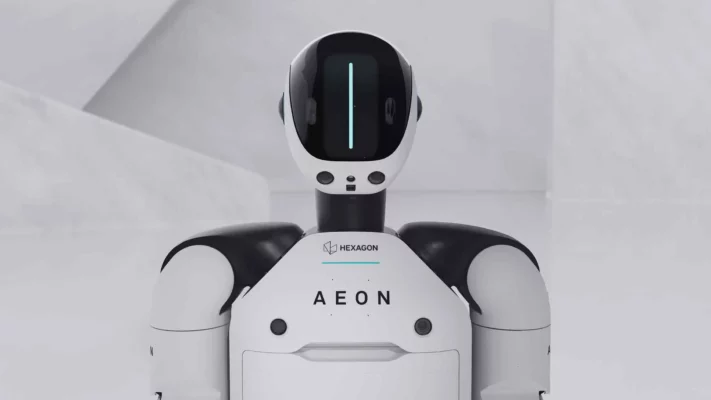If you’re managing a small-scale manufacturing operation, choosing the right automation solution is essential. Your choice between a cobot and an industrial robot can directly impact your production efficiency and costs. Cobots are flexible and easy to use, making them perfect for tasks where you need human interaction. Industrial robots, however, are built for speed and precision, making them ideal for high-volume, repetitive tasks.
In this article, you’ll learn about the key differences between cobots and industrial robots so you can make the best decision for your manufacturing needs.
What Are Cobots and Industrial Robots?
Cobots:
Cobots, or collaborative robots, are designed to work right alongside you. They prioritize safety, so you can use them without needing safety cages. Cobots are user-friendly, with simple programming that doesn’t require advanced skills. They’re also highly flexible, making them a good fit for tasks that change frequently or need regular adjustments. If you’re automating packaging, assembly, or pick-and-place tasks, cobots can easily integrate into your existing setup and work smoothly with your team.
Industrial Robots:
Industrial robots give you the speed and precision you need in controlled environments. They’re perfect for tasks that require consistent, high-speed performance, like welding, material handling, or running your assembly lines. Because of their power and speed, you’ll need to use safety cages with these robots. They can handle heavy loads and work well in tough conditions, making them ideal if your tasks are repetitive and high-volume. If you need a reliable and precise solution for demanding tasks, an industrial robot is a great choice for your operation.
Key Differences Between Cobots & Industrial Robots:
Cost & ROI:
Cobots usually cost between $20,000 and $50,000, which makes them more budget-friendly compared to industrial robots, which can range from $50,000 to $150,000 or more. Cobots have lower running costs since they use less energy and need less maintenance. You could see a return on your investment within 12 to 18 months due to labor savings. Industrial robots, with their higher costs, might take 2 to 4 years to pay off, but they handle more demanding and high-speed tasks.
Flexibility & Ease of Programming:
Cobots are built to be easy for you to program, even if you don’t have advanced technical skills. You can quickly reprogram them to handle different tasks as your needs change. Industrial robots, however, often require more complex programming, which might mean you need specialized help. This can add to your initial setup time and costs.
Safety:
Cobots come with built-in safety features, so you can use them without needing safety cages. They have sensors to avoid collisions, making your workspace safer. On the other hand, industrial robots often need safety cages and extra protective measures because of their speed and power, which can increase your overall setup costs.
Performance:
Industrial robots are built for speed, precision, and strength. If your tasks involve high-volume production or handling heavy loads, industrial robots will meet your needs better. Cobots, while slower, are more suited to tasks that require flexibility and interaction with your team. They’re a great choice if you need to switch between tasks often.
Looking to compare cobots and industrial robots? Use Alina, your AI Automation Consultant from Qviro, to easily explore specs and find the best fit for your operation. Get started with Alina now!
GET STARTED WITH ALINA NOW!
Applications in Small-Scale Manufacturing:
Typical Cobot Applications:
Cobots are great for pick-and-place tasks, packaging, and light assembly work. If you’re handling small parts or packaging products, cobots can fit seamlessly into your process. They’re especially helpful when you need to work closely with your team, like on assembly lines where careful handling or frequent adjustments are needed. Cobots are flexible, so you can easily switch them between different tasks without a lot of setup.
Typical Industrial Robot Applications:
Industrial robots are built for tasks that need speed, precision, and consistency. They’re perfect for high-speed welding, moving heavy materials, and other repetitive tasks where accuracy is key. If your production involves large volumes or heavy items, industrial robots can handle these efficiently. They’re also the right choice for jobs that require high precision, like machining or detailed assembly. If you’re looking to speed up your production and increase output, industrial robots can help you achieve that.
Cobots and industrial robots serve different purposes. Cobots give you flexibility and are easy to use for various tasks, while industrial robots offer the speed and precision you need for high-volume, repetitive work.
Factors to Consider When Choosing Between a Cobot & an Industrial Robot:
Nature of the Task:
Look closely at the tasks you need to automate. If your tasks vary often or involve human interaction, a cobot is likely the better choice. Cobots are designed for flexibility and can handle different jobs with ease. But if your tasks are repetitive and require high precision or speed, you’ll benefit more from an industrial robot.
Space & Layout Constraints:
Consider the space you have. Cobots are small and can fit into tight areas without needing major changes to your workspace. They can work right alongside your team without needing safety barriers. Industrial robots, however, often need more room and require safety enclosures, which might mean you’ll have to adjust your layout.
Future Expansion & Scalability:
Think about how your needs might grow. Cobots are flexible and can be reprogrammed easily for new tasks, making them a good fit if you expect changes in your production. If you’re planning to scale up and need consistent, high-speed performance, an industrial robot might be the better long-term investment.
Regulatory & Safety Requirements:
Make sure you meet all safety standards and regulations. Cobots come with built-in safety features, making compliance easier. Industrial robots usually need additional safety measures, which could add to your compliance costs and efforts.
Cost Considerations:
Upfront Costs:
When you’re looking at automation, cobots are the more affordable option, usually costing between $20,000 and $50,000. In contrast, industrial robots are more expensive, ranging from $50,000 to $150,000 or more. The higher cost reflects their increased capabilities and speed, which might be necessary for your operation.
Operating & Maintenance Costs:
Over time, cobots will save you money with lower operating and maintenance costs. They use less energy and require minimal upkeep, keeping your ongoing expenses low. Industrial robots, while more powerful, tend to use more energy and need more frequent maintenance, which will increase your costs.
Total Cost of Ownership (TCO):
When you calculate the Total Cost of Ownership (TCO), consider more than just the purchase price. You’ll need to factor in long-term costs like energy use, maintenance, and possible upgrades. Cobots, with their lower energy needs and easier maintenance, often have a lower TCO. However, if you need high-volume, repetitive work, an industrial robot might offer a better return on investment over time.
Potential for Leasing or Financing:
To help manage costs, consider leasing or financing options. Leasing can reduce your upfront investment and spread out payments over time. Financing options are also available, making it easier for you to add advanced robotics to your operation without a large initial cost.
Conclusion:
Choosing between a cobot and an industrial robot comes down to what you need for your operation. Cobots are flexible, easy to use, and cost less, making them a good choice if your tasks involve human interaction or change frequently. Industrial robots are better if you need speed and precision for high-volume, repetitive work. Think about the tasks you need to automate, the space you have, your budget, and how your needs might grow.
